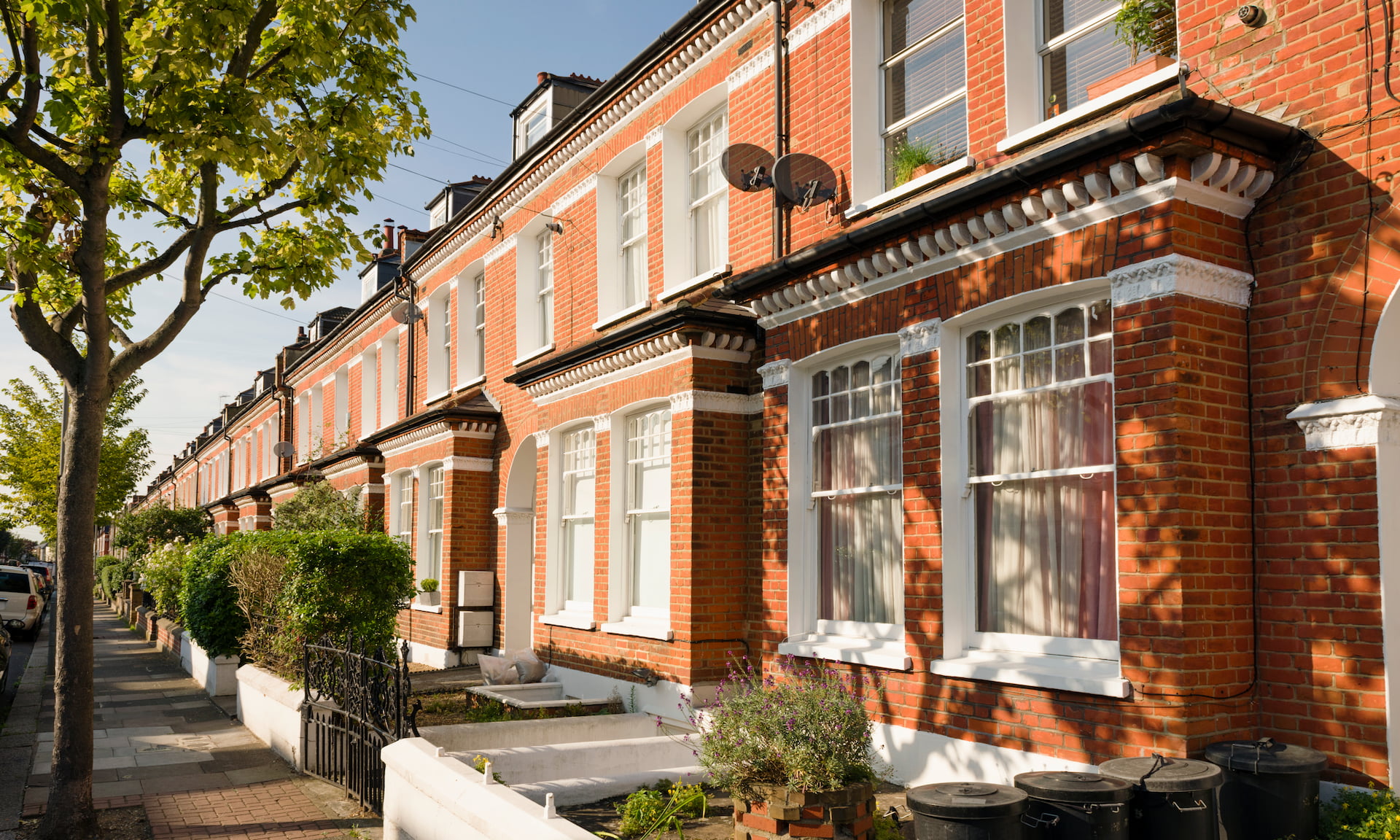
First-time buyers and home movers now have a greater choice of mortgages than at any point since the start of the pandemic.
Lenders are continuing to launch hundreds of new deals for people buying a home, resulting in better rates.
Here, Which? explains what’s happening in the mortgage market and offers advice on how to choose the right mortgage deal.
Mortgage options hit post-lockdown peak
Home buyers can now benefit from an increasing number of mortgage options at all loan-to-value (LTV) levels.
New analysis by Moneyfacts shows that the number of deals on the market has risen by 56% in the past six months, with 269 new mortgages launched in the past month.
The current total of 4,512 deals remains well below the 5,222 recorded in March 2020, but availability is improving each month.
Borrowers with the smallest deposits were worst affected by the withdrawal of deals during the pandemic, but that’s now changing, with the government’s mortgage guarantee scheme encouraging banks to bring back their deals. Moneyfacts says that 61 new 95% mortgages have been launched in the past month alone.
Rates fall as lenders offer sub-1% deals
An increase in competition between lenders often translates to better rates for borrowers, and that’s certainly the case at the moment.
In the past couple of months, we’ve seen a battle between lenders looking to offer the cheapest mortgage at 60% LTV.
In May, TSB launched the first sub-1% fixed-rate deal seen since 2017. The eye-catching 0.99% deal sparked a response from several competitors, and rates now start at just 0.94%.
Competition has led to average rates on two-year and five-year fixed-rate mortgages falling in the past month, meaning they’re now only just above pre-pandemic levels, as shown in the graph below.
Best mortgage rates in July 2021
The mortgage market is moving quickly at the moment, which means the best rates are changing all the time.
The chart below shows the cheapest rates currently available on two and five-year fixed-rate mortgages.
You can hover over a bar in the chart below to see which provider currently offers the best rate.
The dangers of comparing by rate alone
Mortgage rates are important, and you’ll want to secure the lowest rate you can – but some deals might not be quite as cheap as they seem.
In the chart above, you’ll see that HSBC offers four market-leading five-year fixes.
All of these deals come with upfront fees of £1,499 – considerably higher than the £999 available from many other lenders.
This means that the overall cost of the mortgage may be more than if you took a deal with a slightly higher rate and cheaper upfront fee.
If you’re unsure about how to compare mortgages, consider taking advice from a whole-of-market mortgage broker.
Are first-time buyers the biggest winners?
With house prices rising ever further out of reach, it’s a difficult time to buy your first home.
There are some crumbs of comfort, however, with mortgages rates dropping most quickly for people with small deposits.
When the government launched its 95% mortgage guarantee scheme in April to encourage lenders to offer more 95% deals, the first deals came in at just below 4%.
Now, though, buyers can get a 95% mortgage with a rate of just 3.25% (on a two-year fix) or 3.59% (on a five-year fix).
These rates are still more expensive than before the pandemic, but show how options are improving for first-time buyers.
How much can I borrow when taking out a mortgage?
When you apply for a mortgage, you’ll usually be able to borrow up to four-and-a-half times your annual household income.
So, if you and your partner each earn £25,000, you’ll collectively be able to borrow up to £225,000 (four and a half times £50,000), subject to passing the lender’s affordability checks.
Some lenders offer higher or lower income multiples depending on how much you’re borrowing, the size of your overall earnings, or your profession.
Nationwide made headlines earlier this year for allowing people with a 10% deposit to borrow up to five and a half times their salary.
Should I choose a two-year or five-year deal?
How long to fix for is among the most common questions asked by borrowers, with five-year fixes having dropped significantly in cost over the past few years.
Five-year fixes come with one big benefit – you can secure a low mortgage rate for longer, setting your repayments for five years without having to worry about what happens in the wider economy.
The big drawback, however, is early repayment charges (ERCs). ERCs are charged if you repay the mortgage during the fixed term (for example if you move home) and can be as much as 5% of the overall value of the mortgage.
Many deals allow you to ‘port’ your mortgage to the new property fee-free, but a deal that makes financial sense on one home may not on a different one.
With rates on two-year and five-year fixes so competitive, it’s best to choose a term based on your current circumstances and future plans, rather than worrying too much about the possibility of rate rises.



